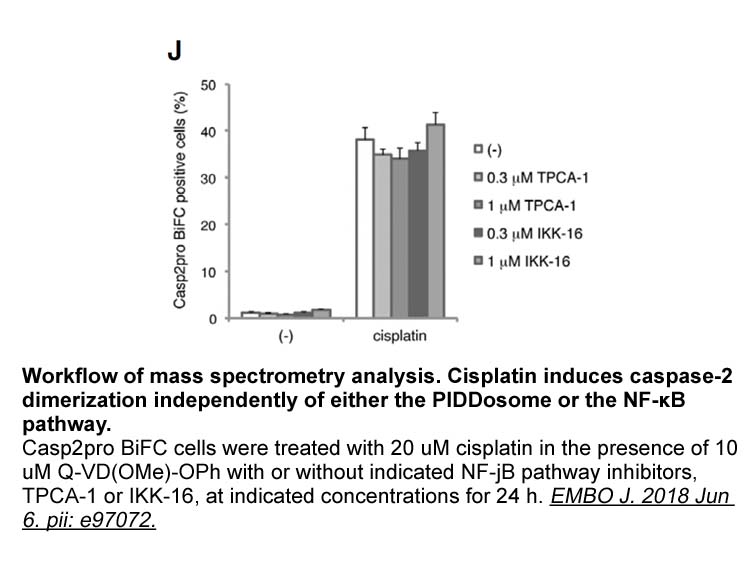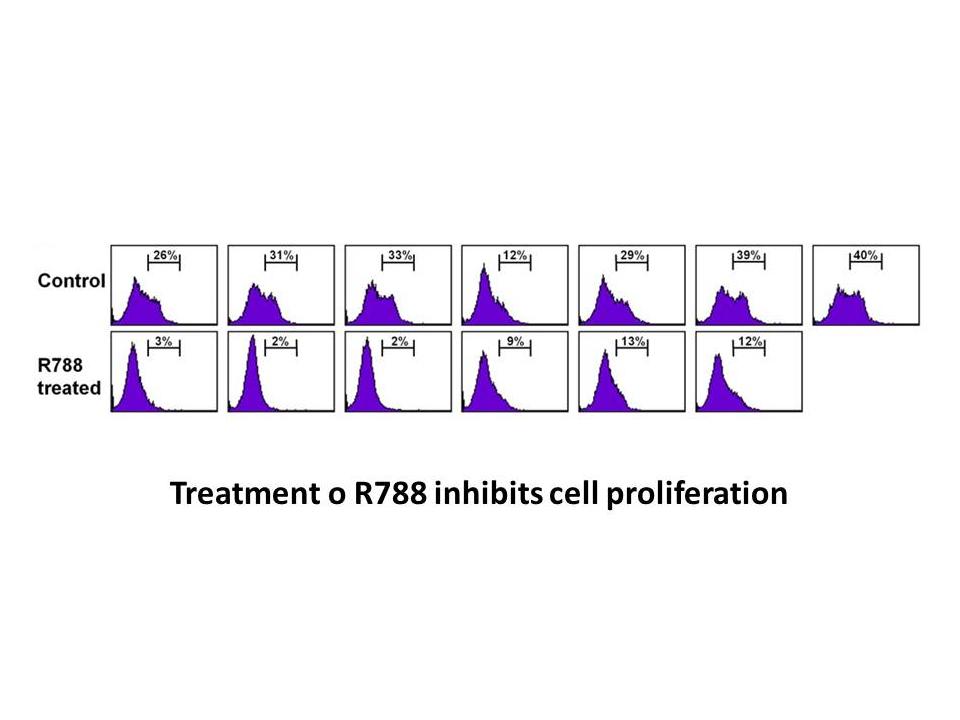Archives
- 2018-07
- 2019-04
- 2019-05
- 2019-06
- 2019-07
- 2019-08
- 2019-09
- 2019-10
- 2019-11
- 2019-12
- 2020-01
- 2020-02
- 2020-03
- 2020-04
- 2020-05
- 2020-06
- 2020-07
- 2020-08
- 2020-09
- 2020-10
- 2020-11
- 2020-12
- 2021-01
- 2021-02
- 2021-03
- 2021-04
- 2021-05
- 2021-06
- 2021-07
- 2021-08
- 2021-09
- 2021-10
- 2021-11
- 2021-12
- 2022-01
- 2022-02
- 2022-03
- 2022-04
- 2022-05
- 2022-06
- 2022-07
- 2022-08
- 2022-09
- 2022-10
- 2022-11
- 2022-12
- 2023-01
- 2023-02
- 2023-03
- 2023-04
- 2023-05
- 2023-06
- 2023-07
- 2023-08
- 2023-09
- 2023-10
- 2023-11
- 2023-12
- 2024-01
- 2024-02
- 2024-03
- 2024-04
- 2024-05
- 2024-06
- 2024-07
- 2024-08
- 2024-09
- 2024-10
- 2024-11
- 2024-12
- 2025-01
- 2025-02
- 2025-03
- 2025-09
-
CGRP (rat) br Introduction Natural antioxidants in vegetable
2024-11-27

Introduction Natural antioxidants, in vegetables, have gained the attention of both researchers and consumers. Vegetable amaranth (Amaranthus tricolor) is a good source of minerals, vitamins, phenolics, and carotenoids; it also contains betalains, a nitrogen containing group of natural pigments,
-
Several strategies have been employed
2024-11-27

Several strategies have been employed to design and engineer peptide biosensors of kinase activity, which are quite different from the strategies developed to generate genetically encoded KARs. In all cases, ω-Agatoxin TK induces changes in the spectral properties of the fluorophore(s) incorporated
-
The apocrine sweat glands of the human axilla produce
2024-11-27

The apocrine sweat glands of the human axilla produce odor substances with pheromone functions whose nature corresponds to volatile steroids (Cowley and Brooksbank, 1991, Grosser et al., 2000, Sobel et al., 1999, Weller, 1998). These functions only begin with puberty, indicating that sex hormones st
-
We have recently begun to demonstrate this concept
2024-11-26

We have recently begun to demonstrate this concept by reporting a novel class of β-hairpin peptidomimetics, built on a piperidine-pyrrolidine semi-rigid β-turn inducer [12] and bearing two recognition pentapeptide sequences, designed on oligomeric and fibril structures of Aβ1-42 (compound 1, Fig. 1)
-
br Materials and methods br
2024-11-26

Materials and methods Results Discussion We have in this study used semi-nested degenerative PCR to identify the lipoxygenases expressed in the lung tissue from M. fascicularis and report on the identification of 5- and 12/15-LO transcripts from this tissue. Although we did not find transcr
-
This suggestion was confirmed by immunohistochemical studies
2024-11-26

This suggestion was confirmed by immunohistochemical studies in which the immunoreactivity of the enzyme was actually higher at the earlier rather than at the advanced stages of the disease. Importantly, a later study showed that the biochemical signature of 12/15LO enzymatic activation (i.e., 12-HE
-
The metabolism of amino acids into volatile aldehydes involv
2024-11-26

The metabolism of amino acids into volatile aldehydes involves both decarboxylation and deamination steps. The order of these reactions and the enzymes performing the catalysis differ among plants [13]. In tomato fruit the conversion of L-Phe to 2-phenylethanal is catalyzed by two enzymatic steps, i
-
The numbers and types of
2024-11-26

The numbers and types of molecules needing to be transported across membranes are very large, and there is a corresponding very large and diverse number of transporters expressed throughout the body. Hundreds of proteins that have been assigned as having transporter function are broadly divided into
-
To this the evidence of opposite
2024-11-26

To this, the evidence of opposite effects of noradrenaline and adrenaline on the striatal firing initiation (Fig. 6, Fig. 7) should not be ignored, because the striatum is related to controlling action timing by regulating the firing increase rate (Tanaka and Kunimatsu, 2011). Although the ligand su
-
The synthesis and secretion of adrenal androgens is
2024-11-26

The synthesis and secretion of adrenal androgens is apparently unique to humans and nonhuman primates, and requires the expression of key mediators such as CYP17 [26]. Endocrine control of CYP17 expression in rhesus monkeys is comparable to that in humans [27]. An analysis of baboon cDNA for CYP17 s
-
The gene SRD A encodes the reductase enzyme which
2024-11-26

The gene SRD5A2 encodes the 5-α-reductase enzyme, which converts testosterone into dihydrotestosterone. Although dihydrotestosterone levels are considerably lower than testosterone, dihydrotestosterone has a five-fold stronger binding capacity to the androgen receptor and, thereby, a considerably mo
-
The srd a isoforms showed unique
2024-11-26

The srd5a isoforms showed unique expression profiles in early FHM development (Fig. 2). Similar to amphibian embryos, there was a high abundance of both srd5a1 and srd5a3 at 1dpf in FHMs, suggesting that mRNA for these enzymes may be maternally deposited and that these enzymes may play a key role in
-
Chronic inflammation is associated with both initiation
2024-11-26

Chronic inflammation is associated with both initiation and progression of many neoplastic conditions [149], and ATX may be a player in the process. ATX/LPA signaling is positively correlated with the invasive and metastatic potential of several cancers including melanoma, breast cancer, ovarian can
-
The activity of an enzyme may be
2024-11-26

The activity of an enzyme may be regulated allosterically as well as transcriptionally. We have consistently studied REMS deprivation (REMSD) associated NA mediated allosteric regulation of Na-K ATPase activity in neurons and glia in vivo and in vitro (Amar and Mallick, 2015; Amar et al., 2016; Bask
-
We have recently reported a regulatory effect of
2024-11-26

We have recently reported a regulatory effect of quercetin on the AChE activity in the brainstem during the demyelination and remyelination process [17]. It has also been observed that there is a protective effect on lipid peroxidation and worsening of motor functions caused by loss of myelin in the
15523 records 48/1035 page Previous Next First page 上5页 4647484950 下5页 Last page